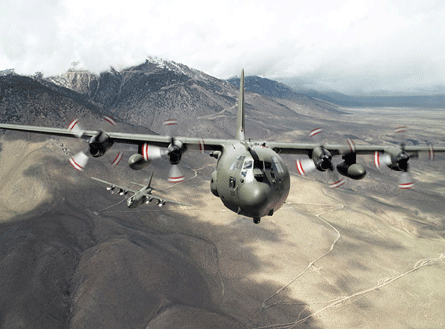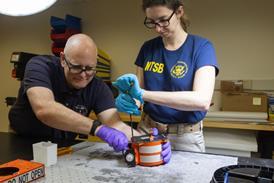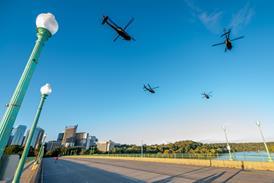The RAF is "determined" to learn the lessons following the loss of one of its C130K transport aircraft that exploded in mid-air after enemy action caused an explosion in its starboard outer wing in Iraq in 2005.
The aircraft crashed following an explosion in its number 4 fuel tank killing all 10 personnel aboard.
Coroner David Masters, yesterday concluded the inquest of the crew who died on Hercules XV179, by saying these men were victims of “serious systemic failures” by the Ministry of Defence.
 |
|---|
A Lockheed Martin C-130 like the one shot down in 2005 |
The inquest heard that two reports, which were published in 2002 and 2003, warned the MoD that fuel tanks on the wings of aircraft were vulnerable to enemy fire and made recommendations that they be fitted with explosion-suppressant foam (ESF), but no action was taken.
The MoD revealed that RAF Hercules had been hit in the wing by ground fire in two earlier incidents, but said the type’s “apparent resilience” meant modifications had not been sought, Flight reported in February 2006.
Mr Masters said: “Very sadly I don’t think this inquest can determine [that] if ESF had been fitted the ten who died would have survived the attack. What it can determine is that the explosion that led to the wing breaking in two would not have occurred, because there would have been no explosion. The ten who died had just lost their opportunity for survival.”
Related Flight content
BLOG: Learmount has this to say...
UK to weigh up threat to Lockheed C-130K Hercules with eye to defences
RAF acts on hercules shoot down
RAF details chain of events in hercules shoot down
VIDEO: Flight's defence editor Craig Hoyle interviews a USAF C-17 pilot C-17 capabilities
Source: FlightGlobal.com























